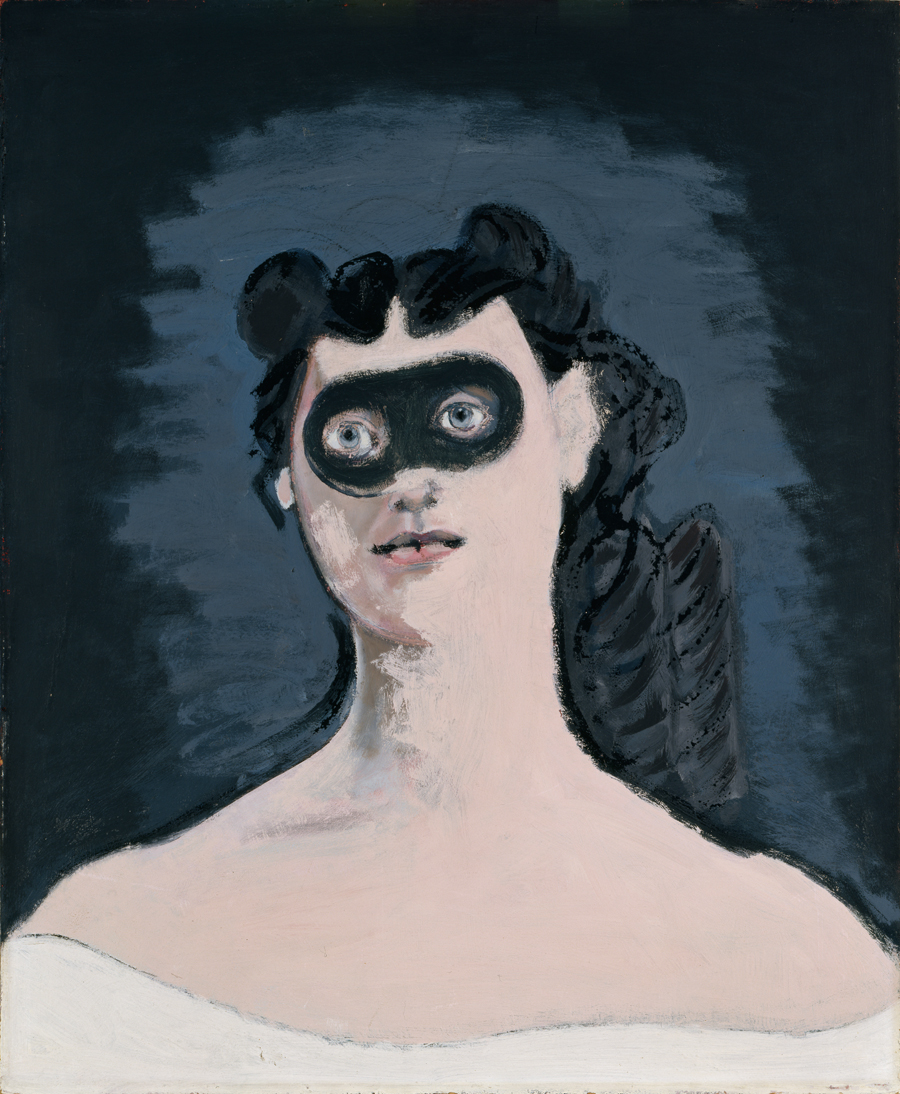John Graham
Parrish Art Museum, Southampton, USA
Parrish Art Museum, Southampton, USA

It was John Graham’s friend and fellow painter Arshile Gorky who is best known for having assimilated the style of other artists through a kind of voluntary, imaginary apprenticeship throughout the 1920s and ‘30s. Before developing his own idiom in the 1940s, Gorky seemed to have mastered virtually every modernist mode on offer. This ample survey of Graham’s work – from his earliest days on the shores of the US to his final years – reveals him to have been equally conversant in a staggering range of painterly approaches. Like Gorky, the Ukrainian-born Graham (née Ivan Gratianovitch Dombrowsky) adopted a pseudonym upon arriving in New York, further suggesting his adaptability to new identities.

We know that US identity mattered to Graham. ‘To fight off French influence,’ he wrote to a colleague upon traveling to work in Paris for several months in 1926, ‘one must go and live with the French.’ One of his earliest extant canvases from New York, a 1923 self-portrait, reveals a sensitivity to fauvist, expressionist and cubist tendencies alike – a plunge into the European avant-garde in order to extricate himself from its grasp. Some early still lifes (like Still Life with Saw, 1925) suggest a synthetic cubism imparted with a heavily outlined solidity. Already over the span of just a few years we find an oscillation from an almost Cézannian or Derainian compression of space, to portraits (Woman at the Window, 1925, or Head of a Woman, 1926), which envy little of the ‘new objective’ style popular across Europe and the US at the time. Enrolled in the Art Students’ League in 1922, Graham often appears eclipsed in the annals of modern American art by his more famous classmates Alexander Calder and Adolph Gottlieb. This show goes some way in redressing that.

The late 1920s found Graham still trying on successive styles for size. His 1926 Landscape with Horse suggests some influence by Giorgio de Chirico, while La Tasse, just two years later, homes in upon the more everyday strangeness of a cup and saucer. Magnified to unlikely proportions, its objects suggest Domenico Gnoli’s paintings avant la lettre. Yet in the background some late cubist flourishes reveal that Graham had not quite finished with the potential of geometries explored in their own right. In an adjacent gallery, numerous paintings flirt with abstraction, like the strange Still Life with Pipe (1929), completed exclusively in shades of white, revealing a thick impasto in its central form. Peinture (1929) pursues non-objectivity through subtraction; lines have been carved out of the paint with the handle of a brush.

Graham never relinquished his figurative interests, however. Portrait of Elinor Gibson (1930) foreshadows the striking portraits that would distinguish his oeuvre over the following decade; Study for Ikon [sic] of the Modern Age, completed the same year, depicts a woman’s face eclipsed by horizontal striations, rendering her a mannequin-like abstraction. Around 1943, Graham began a series of mesmerizing portraits that reinterpreted female iconicity in a truly modern way: suspended between corpulence and flatness, the eerie figures of Two Sisters (1944) and Celia (c.1944) unmistakably prefigure Willem De Kooning’s Seated Woman I and Seated Woman II (both c. 1940) – the eyes of the latter bulging with the same hypothalamic intensity as Graham’s sitters. If these portraits recall Cinquecento depictions, Graham’s 1940 Horse – foreshortened against a receding tile floor – suggests close attention to Quattrocento masters like Piero della Francesca and Paolo Uccello. As a younger generation plunged into the fray of pure abstraction, Graham hewed ever more closely to the Italian tradition, as demonstrated here in paintings and drawings from the 1950s with all manner of Greek and Latin inscriptions. Even his nods to the past, however – as in Poussin m'instruit (Poussin Teaches Me, 1944) – evince a decidedly modern vocabulary. While the exhibition’s strictly chronological hanging feels a bit plodding at times, the sheer variety of Graham’s efforts obviates any sense of monotony.
Main image: John Graham, Still Life with Saw, 1925, oil on canvas, 36 x 43 cm. Courtesy: Collection of Joseph P. Carroll and Dr. Roberta Carroll and Forum Gallery, New York
























